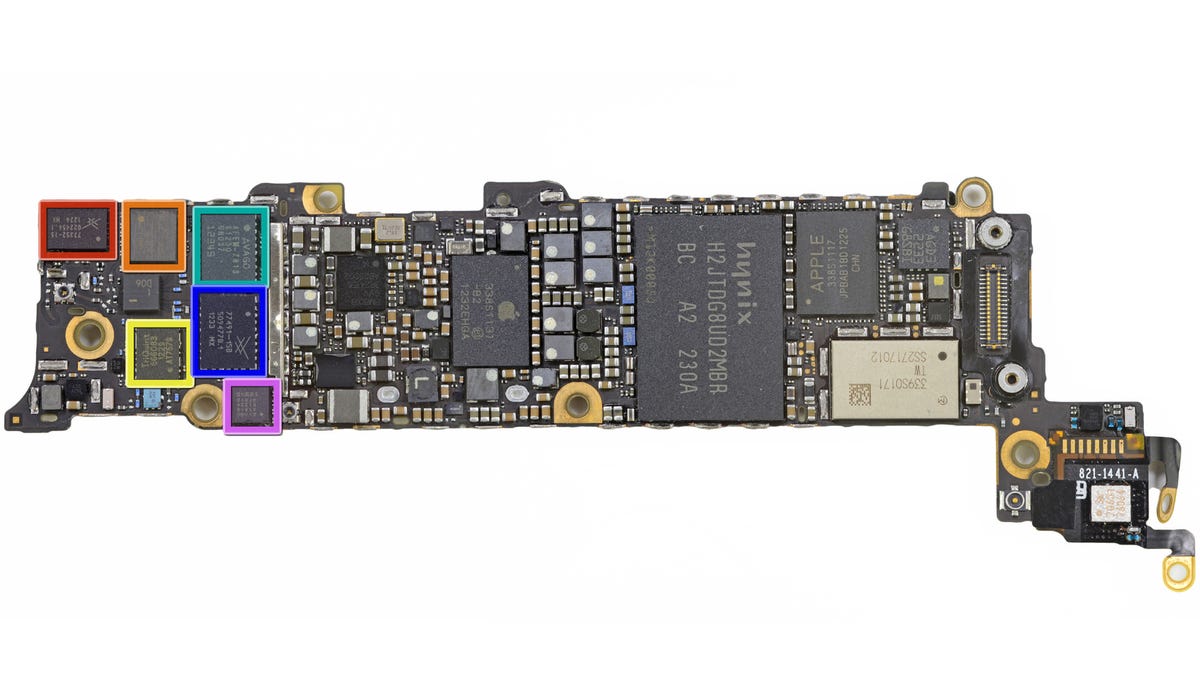Tech breakthrough may double smartphone life
An MIT spinoff says it's developed power amplifier technology that chooses the voltage that minimizes power consumption. The tech does this up to 20 million times per second, according to the MIT Technology Review.

Smartphone batteries may soon last twice as long -- if an MIT spinoff's power amplifier technology lives up to its promise.
The power amplifier is one of the most power-hungry pieces of hardware in a phone. It converts electricity into radio signals and consumes power in two basic modes: standby and output signal for sending out digital data. Such a chip wastes more than 65 percent of its energy, according to a report in the MIT Technology Review, and the only way to make it more efficient is by reducing the power used in standby.
However, signals can be distorted if moving from a low standby mode to high power, so current technologies keep standby levels fairly high. That wastes electricity and is partly what causes smartphone owners to recharge their devices multiple times a day.An MIT spinoff company, ETA Devices, says it has "cracked the efficiency problem with a new amplifier design," according to the MIT report. The company's technology is expected to cut base station and smartphone energy consumption by half.
Essentially, ETA Devices, co-founded by MIT electrical engineering professors Joel Dawson and David Perreault, has created "a blazingly fast electronic gearbox." It examines different voltages that can be sent across the chip's transistors and chooses the one that reduces power consumption. The technology, called asymmetric multilevel outphasing, does this up to 20 million times per second.
The technology addresses both transmitting and receiving, the report said.
ETA's technology is still in the development stages but could show up in LTE base stations starting in 2013. It's also still being researched for smartphones, the MIT report said, with hopes the technology will ultimately lead to a single power amplifier that can handle all of the different modes and frequencies, including CDMA, GSM, and 4G LTE. By comparison, the iPhone 5 currently has five of these chips, MIT said.
The company is expected to formally launch its product in February at Mobile World Congress in Barcelona. It will first appear in emerging markets, where diesel-powered generators are currently used to power base stations. The report says that consumes about $15 billion of fuel a year.
Reducing power consumption has become one of the primary targets for technology companies. Intel, whose processors have traditionally been more power hungry than competing chips, has been steadily making its technology more efficient. And other chip and gadget makers also have implemented new features that save battery life. technology.

